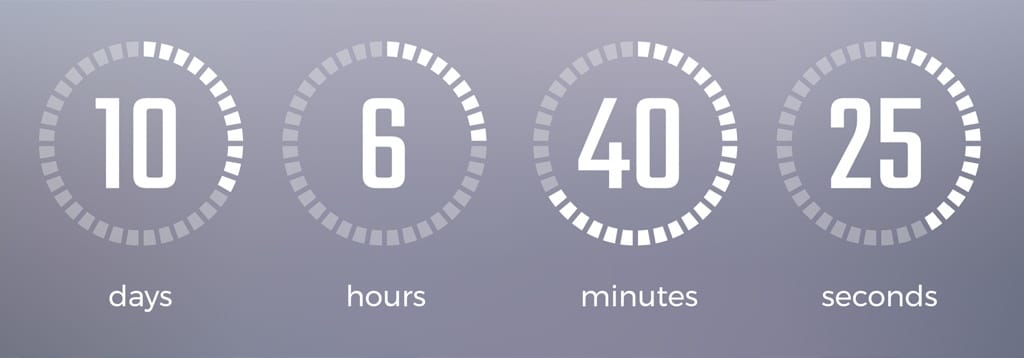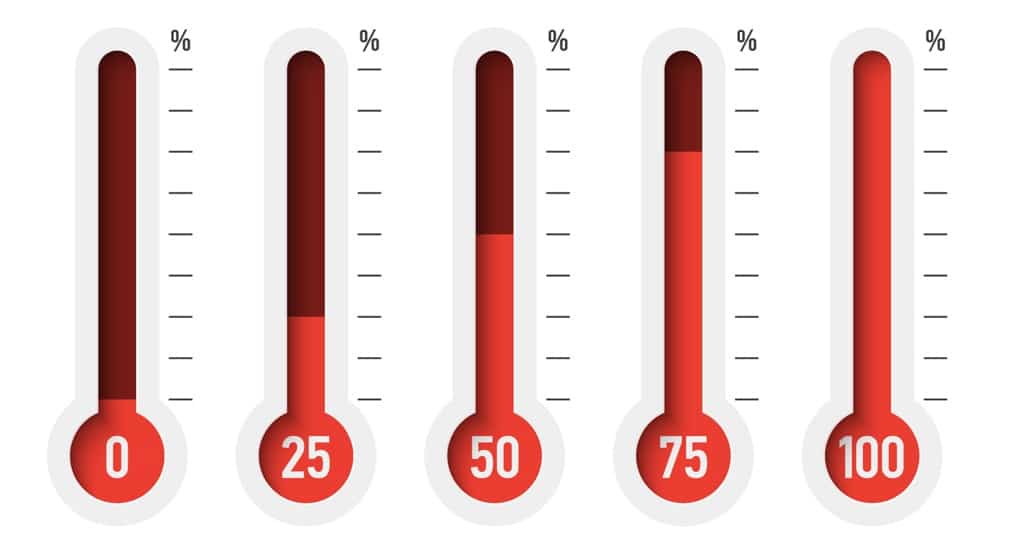Top 5 Of Things You Need To Know About Extraction Techniques For EO Residuals
#1: Device Extraction Time
Water is used for simulated-use extraction and exhaustive extraction of EO residuals. Device extraction time from water for EO residual testing is based on the reasonable, worst-case scenario for device use. To determine an appropriate extraction time for your device, first determine the amount of time your device will reasonably be in use. Next, determine what the worst-case scenario would be for device usage. The minimum device extraction time for EO residual testing is one hour.

#2: Device Extraction Temperature
To determine device extraction temperature, establish whether or not the device in whole (or in part) will be in contact with a living body. Devices with no immediate body contact will be extracted using water at 25 degrees Celsius (room temperature). Devices in contact with immediate body contact will be extracted using water at 37 degrees Celsius (body temperature). Note that devices extracted at body temperature will require additional evaluation of the conversion of Ethylene Oxide (EO) to ethylene glycol (EG).

#3: Considerations for Device Extraction
To determine extraction considerations for your device:
First, determine if pre-treatment is necessary prior to device use. If pre-treatment is necessary, perform the pre-treatment prior to beginning the device extraction time for residual testing. An example of pre-treatment would be filling the device.
Second, establish if device use involves the circulation of fluids. If the device performs fluid circulation, use water to simulate the fluid circulating in a manner consistent with designed product use.
Third, determine if your device involves a fluid (such as blood) returning from the device to the patient. If the device involves fluid returning from the device to the patient, assume that all EO residuals from the fluid will stay in the patient’s body and do not recirculate water in the device.
Make sure to document the rationale for all extraction conditions based on intended device use and available data.
#4: Considerations for Grouped Devices
Devices of similar design and different sizing may be “grouped” together for EO residual testing, under certain circumstances. “Grouped” devices may use testing of one representative device to represent the entire group of devices. If your medical devices qualify for grouping, select the worst case device for testing as a representative of the group.
Make sure to document the rationale for selecting this worst case device. An example rationale would be selecting the device from the group with the largest bodily surface area exposure following EO sterilization.

#5: Considerations for Kits and Trays
The EO residues for each item within a kit or tray much be determined. Once this information is acquired, the worst-case device (or devices) may be used as representatives of the entire kit or tray for additional testing. Thus, one or two items within a kit may be used for addition testing, as opposed to testing each individual item. The rational for using a representative worst-case device must be documented.
Ethide Labs is a contract testing organization that specializes in Sterilization Validations and EO Residual Testing. Ethide Labs provides in-vitro cytotoxicity tests in-house and outsources in-vivo cytotoxicity work for toxicity testing of medical devices, products, and drugs. Ethide Labs also offers Microbiology Testing, Bioburden Testing, Environmental Monitoring, Bacterial Endotoxin Testing, Package Integrity Testing & Cytotoxicity Testing services for medical device companies and allied industries. Ethide is an ISO 13485 certified facility.
References
International Organization for Standardization. Biological evaluation of medical devices — Part 7: Ethylene oxide sterilization residuals. Geneva (Switzerland): ISO; 2008. (ISO 10993-7:2008).
Share this in your social networks


